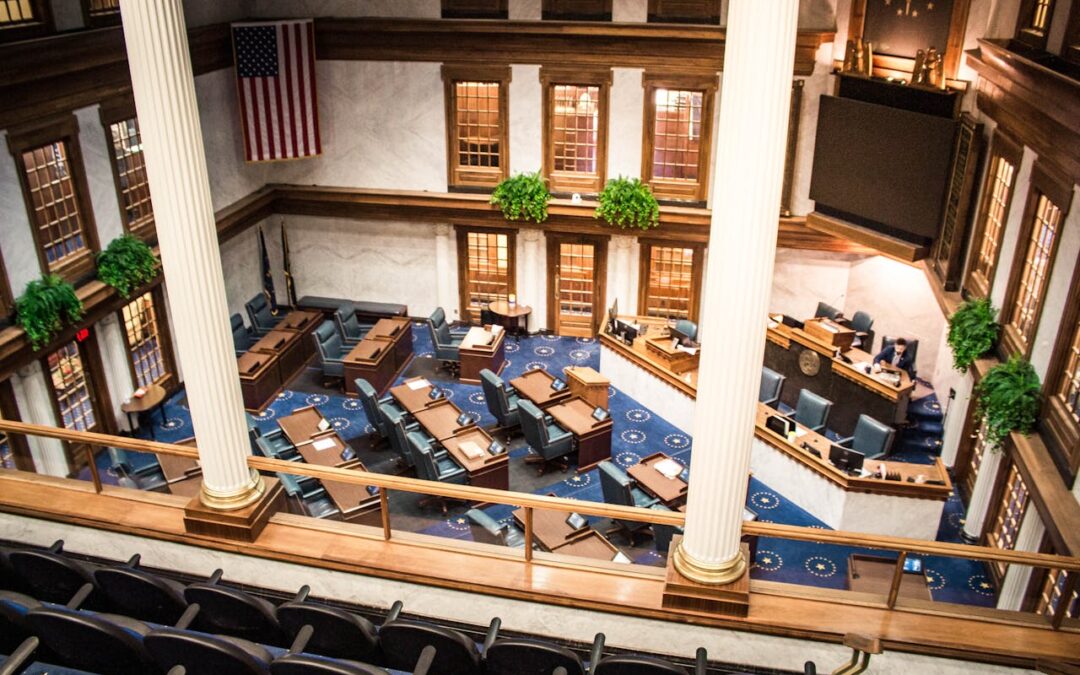At a time of Washington gridlock and continued congressional inaction, State Legislatures are more important than ever. State legislators across the country are tackling important issues like housing, healthcare, abortion rights, and climate change.
At the same time, alt-right groups continue using the states to test-fly their conservative agenda. As a result, more and more Democrats are focused on winning and protecting legislative majorities. This year, Javelina’s client Opportunity Arizona is a major player in the fight for control of the Arizona legislature. They are one of the state’s biggest legislative independent expenditures and support targeted Democrats in both the Senate and House.
And Arizona’s not the only state with a competitive race to control State Legislative Chambers. In several states, State Houses and the State Senates could flip.
Here are the five chambers we at Javelina are paying the closest attention to:
- Arizona—Senate → Currently GOP 16-14
- Arizona–House → Currently GOP 31-29
- Michigan—House → Currently Dem 56-54
- New Hampshire–House → Currently GOP 199-194
- Pennsylvania—House → Currently Dem 102-101
1. ARIZONA – SENATE
We’ve done a significant amount of work with Opportunity Arizona trying to flip the legislature this year. Both Houses of Arizona’s legislature are extremely competitive. In the 30-member Senate, Republicans hold a 16-14 advantage and the six competitive senate races run the gamut of Arizona geography, including districts in the Phoenix suburbs, rural districts, and a district in the Tucson area. This chamber is regarded as Democrats’ best chance for a flip in Arizona because Republicans are on defense in four of the six competitive districts.
2. ARIZONA – HOUSE
The Arizona House is more complicated than the Senate. Republicans also have a two-seat majority in the House and while the districts are the same for both the House and the Senate, voters can choose two candidates to vote for in the House race. Because of that mechanic, both parties have strategically nominated just one candidate in particular districts to employ what’s referred to as the “single-shot strategy”. All in all, there are expected to be ten competitive seats, of which Republicans and Democrats each currently control five – so both parties are simultaneously on offense and defense.
3. MICHIGAN – HOUSE
In Michigan, Democrats currently control both the Senate and House by two seats each and while the Senate isn’t up this year, the House is. Republicans would only need to flip one seat to force a tie and two to gain the majority and end Governor Whitmer’s trifecta – which could jeopardize climate action, abortion rights, and workers’ rights in Michigan. There are thirteen districts rated as competitive, so attention and spending are high – so high that the Michigan Democratic Party reserved $10.5 million in ad time all the way back in April!
4. NEW HAMPSHIRE – HOUSE
While New Hampshire is considered a small state, its State House is the largest in the country. There are 400 seats in the New Hampshire House with some members representing districts as small as 3,000 residents. Republicans currently have a six-seat majority, though Democrats are favored to flip the Chamber this year. Despite this, I’ll be watching this one closely because the ground campaigns of the competing candidates are really important when the districts are so small. In such a small district, candidates can knock on the doors of every registered voter and win them one by one. Politics truly is local in New Hampshire.
5. PENNSYLVANIA – HOUSE
Pennsylvania currently has split control of its legislature, with Republicans controlling the Senate by six seats and Democrats controlling the House by just two. With such a narrow margin in the State House, it’s the real battleground this year. CNalysis rates six of the 203 seats ranked as toss-ups and another seven as tilting or leaning in one direction or the other. Of particular note is the rural 72nd district, where Democrat Frank Burns has held the seat for 15 years, even as the district voted for Donald Trump by nearly 30 points in 2020. Burns is the rare Democrat surviving despite today’s hyper-partisan political environment. Can he do it again in 2024?

